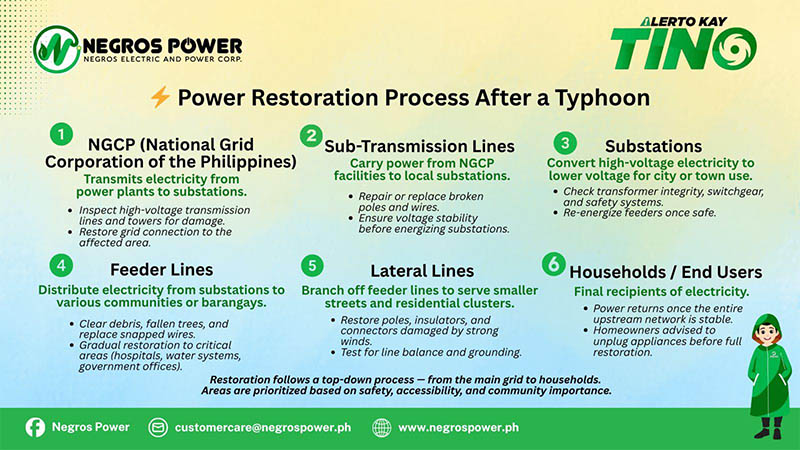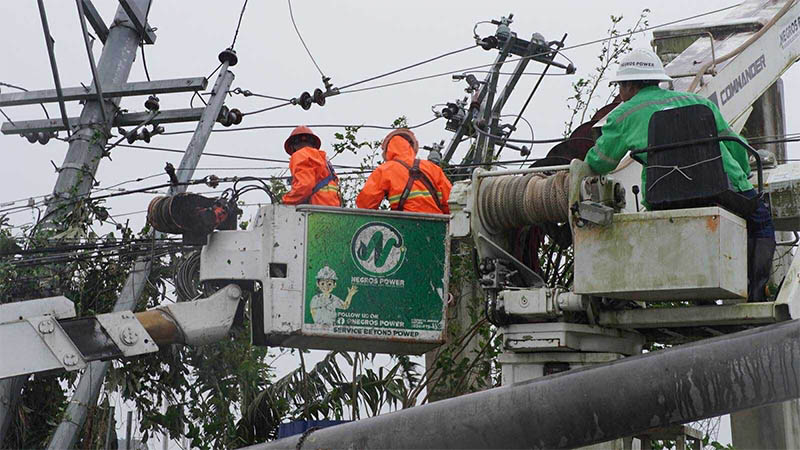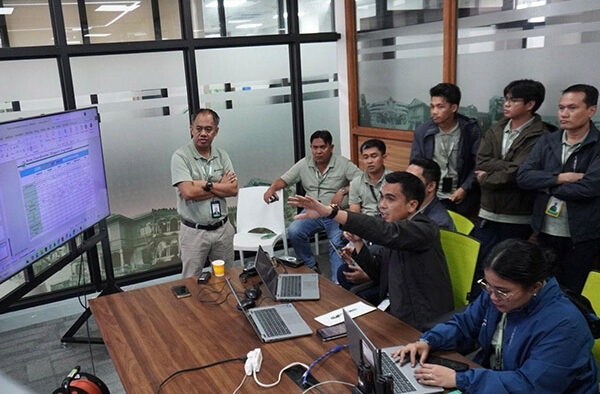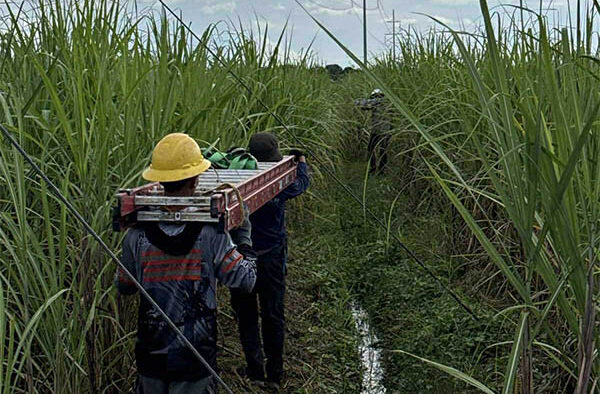How Negros Power Safely Restores Electricity After A Typhoon: A Step-By-Step Process
When a typhoon strikes, one of the first and most visible effects is the loss of electricity. Lights go out, communication lines are disrupted, and essential services such as hospitals and water systems face immediate challenges. In Central Negros, Negros Electric and Power Corporation (Negros Power) follows a carefully structured, step-by-step restoration process to safely and efficiently bring power back to communities.

This process isn’t as simple as flipping a switch. It involves a coordinated effort among different teams, prioritizing safety, accessibility, and the needs of critical institutions. Here’s how electricity gradually returns to homes and businesses after a typhoon.
1. NGCP: Restoring the Main Grid Connection
The restoration process begins with the National Grid Corporation of the Philippines (NGCP), which transmits electricity from major power plants to substations across the country. After a typhoon, NGCP engineers inspect high-voltage lines and steel towers for damage caused by strong winds or falling debris.
Only when the main grid is confirmed stable and secure can electricity flow again to the local substations operated by Negros Power. This step ensures that power transmission is safe and reliable before it reaches the distribution level.
2. Sub-Transmission Lines: Reconnecting the Network
Once the NGCP grid is back online, Negros Power focuses on repairing sub-transmission lines — the vital links between NGCP’s facilities and city substations. These lines serve as the “arteries” of the electrical system.
Linemen replace broken poles, fix snapped wires, and test voltage stability to make sure electricity can safely move to the substations. Without this step, even a fully functional grid cannot deliver power to end users.
3. Substations: Converting and Distributing Electricity
Substations transform high-voltage electricity into a lower, more manageable voltage suitable for household and commercial use. Before energizing these facilities, Negros Power crews inspect transformers, switchgear, and safety systems to ensure all equipment is intact and functioning correctly.
Once cleared, the substations begin to feed electricity to major distribution lines or feeders, marking a crucial turning point in the restoration process.
4. Feeder Lines: Powering Key Communities First
Feeder lines distribute power from substations to larger areas such as barangays or districts. Negros Power prioritizes critical establishments — including hospitals, water pumping stations, government offices, and evacuation centers — before gradually restoring residential zones.
Crews also clear fallen trees, debris, and damaged wires to make the area safe. This methodical process allows electricity to return progressively, minimizing the risk of accidents or further outages.
5. Lateral Lines: Reaching Individual Streets
After feeder lines are stabilized, the focus shifts to lateral lines, which supply electricity to smaller streets, subdivisions, and neighborhoods. These lines often sustain the heaviest damage because of their proximity to trees and structures.
Negros Power linemen replace damaged poles, insulators, and connectors, conducting multiple tests for line balance and grounding to ensure the restored power is both stable and safe.
6. Households and End Users: Safe Return of Power
The final step is re-energizing households and business establishments. Once all upstream systems are confirmed secure, power gradually flows back to individual consumers.
Negros Power advises residents to unplug appliances during restoration to prevent damage from power surges when electricity returns. Once power is steady, appliances may be safely reconnected one by one.

Why Restoration Takes Time
Power restoration is a top-down process — from the grid, to transmission lines, to substations, feeders, laterals, and finally to homes. Crews also face challenges such as flooded areas, fallen trees, or blocked roads that can slow access.
Negros Power prioritizes:
- Safety – avoiding electrical hazards and ensuring no live wires remain exposed.
- Accessibility – repairing reachable areas first before moving to remote or flooded zones.
- Community Importance – restoring power first to essential services like hospitals and emergency centers.

Patience and Cooperation Matter
Negros Power continues to assure the public that every effort is made to restore electricity as fast and as safely as possible. Each step — no matter how small — brings the community closer to full recovery.
While waiting for power to return, consumers are encouraged to:
- Unplug appliances to protect them from surges.
- Report hazards like fallen poles or wires to Negros Power hotlines.
- Stay updated through official social media announcements.
Every home re-energized is a step toward normalcy. Negros Power’s linemen, engineers, and response teams are working tirelessly, one pole and one street at a time, to ensure that electricity returns safely to every household in Central Negros.









